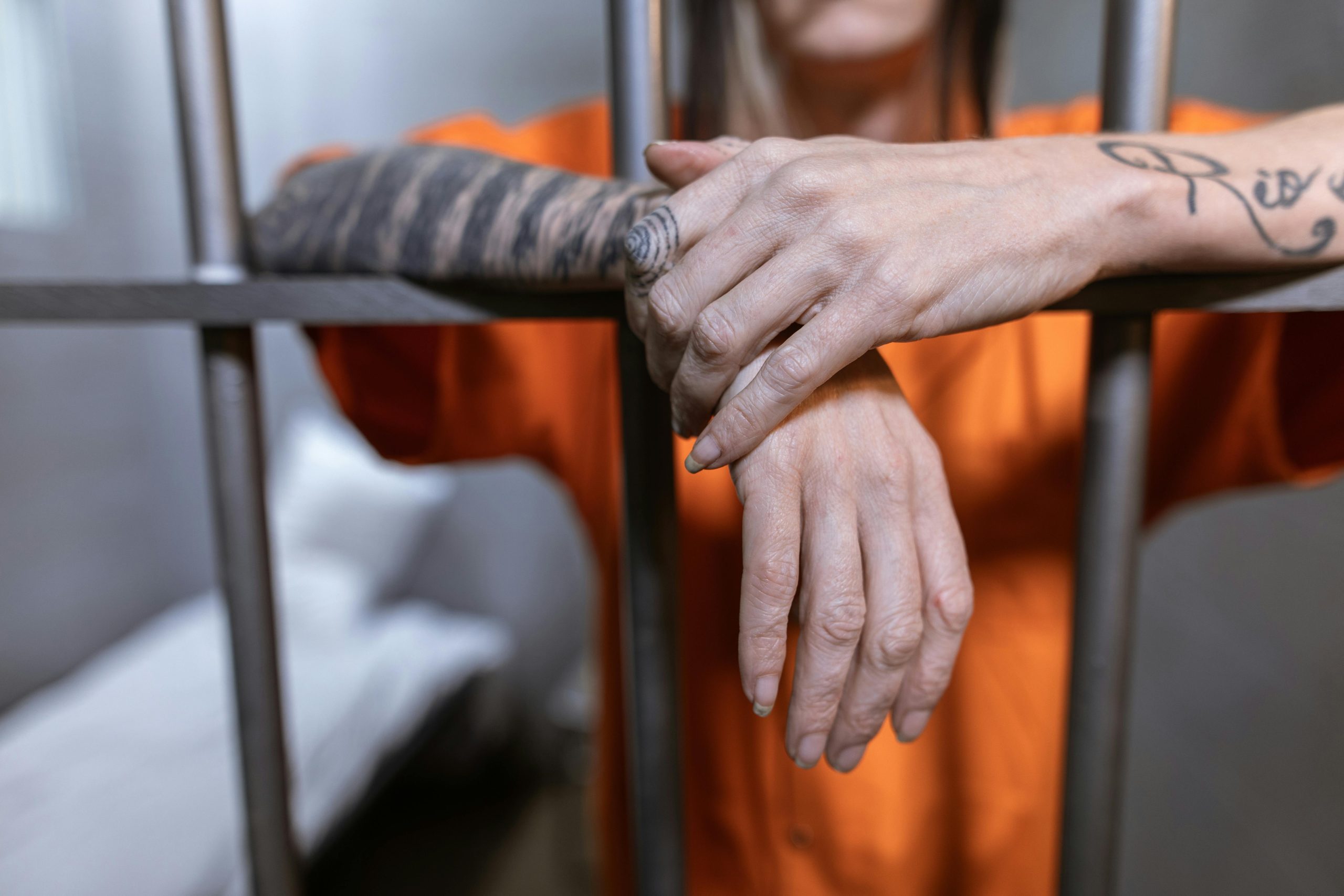The computer lab in San Quentin State Prison had five outdated laptops, flickering fluorescent lights, and a sign that read “Code Your Way to Freedom.” At 24, serving a six-year sentence for cyber crimes, I thought it was a joke. Today, my tech company “Second Chance Code” employs 75 former inmates and generates $3.5 million annually teaching coding to those society has forgotten.
But in 2019, I was just Marcus Washington, Inmate #247891, trying to find a reason to believe in tomorrow.
The Wake-Up Call
“You’re too smart for this place,” the prison librarian said, handing me yet another computer science book. I’d been hiding in the library, avoiding the prison politics, reading anything I could find about coding.
She told me about a new program: coding classes for inmates. “You could teach it,” she suggested. “Better than sitting here feeling sorry for yourself.”
The Beginning
The first class had three students. None of them had ever seen HTML. I taught them what I knew, using paper and pencil when the computers crashed. We drew websites on notebook paper, coded on contraband graph paper during lockdowns.
Something changed in that fluorescent-lit room. We weren’t inmates anymore – we were developers, creators, problem-solvers.
The Transformation
Word spread. Our class grew to fifteen, then thirty. Guys who’d never finished high school were building basic websites. Former gang rivals worked together debugging code.
The prison administration noticed. They got us better computers, actual coding software. I developed a curriculum that worked with prison restrictions and limited internet access.
The Breakthrough
Everything changed when Tommy, one of my first students, got released and landed a junior developer job. He sent back a letter: “Your class didn’t just teach me code – it taught me I could be something else.”
That letter became my mission statement.
The Release
Walking out of San Quentin in 2021, I had two things: a stack of certification papers and a promise from my students to “code their way to freedom.”
The tech world wasn’t exactly welcoming to an ex-con. Fifty rejections in two months. Then I met Sarah Chen, a tech executive who’d been volunteering in prisons.
“Don’t look for a job,” she said. “Create jobs for others like you.”
Building the Dream
We started small – a coding bootcamp specifically for former inmates. Our first class had five students, meeting in a borrowed church basement. I taught during the day, coded freelance projects at night.
Our promise was simple: “From Prison Bars to Programming Bars.” We didn’t just teach coding – we taught life skills, professional etiquette, how to explain your past without shame.
The Breakthrough
Our first big break came when one of our graduates built an app that helped families communicate with incarcerated loved ones. It went viral in the prison advocacy community.
Tech companies started noticing. Not just our code, but our retention rate. Our graduates stayed in jobs longer, worked harder. They had something to prove.
Today’s Reality
“Second Chance Code” now has training centers in three states. We’ve placed over 200 formerly incarcerated individuals in tech jobs. Our developer shop, staffed entirely by graduates, builds applications for major companies.
But we’re more than a coding school or tech company. We’re a testament to transformation.
The Community
Our headquarters has an unusual feature – a wall of prison ID badges next to professional work badges. “From this to this,” it reads. It reminds us where we came from and shows newcomers where they can go.
Every graduate becomes a mentor. We call it “Each One Teach One” – the same principle that helped me survive prison now helps others survive freedom.
The Impact
Last month, I returned to San Quentin – this time as a guest speaker. The computer lab has better equipment now, and our company logo is on the wall.
A young inmate raised his hand: “Why do you come back here?”
“Because,” I answered, “success means nothing if you don’t send the elevator back down.”
Looking Forward
We’re launching “Code Without Borders” next year – a program to bring coding education to prisons nationwide. The Department of Justice is funding pilot programs based on our model.
That old “Code Your Way to Freedom” sign? It hangs in my office now, next to our company’s mission statement: “Everyone deserves a second line of code.”
P.S. Remember the librarian who first pushed me to teach? She’s our education director now, retired from the prison system but not from changing lives. “Books and brackets,” she says, “both have the power to set you free.”
And those paper websites we used to draw? We frame each graduate’s first one next to their first real deployment. Because sometimes the path to redemption starts with a pencil and a dream.










